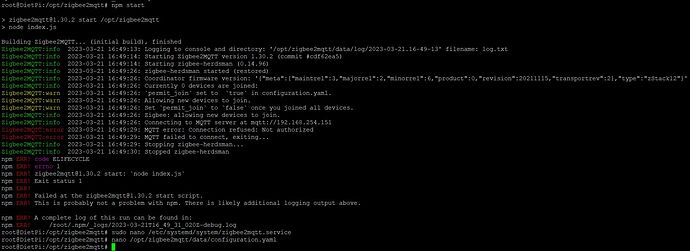Eventually I found myself with a couple of dozens of zigbee “things” and few other smart thing but with a persistent issue of expansion between the floors/storey.
I’m living in a compound of houses with thick concrete walls which is reinforced with a lot of steel bars due to regulations concerning protection against earthquakes. Each house has a basement with parking lot and store room, main floor with living room, kitchen etc, upper floor with bedrooms and a little roof loft. Each floor is connected with other floors with a curved stairway with build in lights.
Few years back I had similar issues with the wifi access but solved when replaced the old telephone cables (passing through the concrete walls) with UTP cables and established stable home lan, with AP in every floor, console management etc. Home lab is located in the upper floor.
In these days, I have tried to expand my zigbeee mesh with usb routers (cc2531), with wall plugs (tuya) as routers, with ZBMINI in same role, with bigger antenna with CC2652P coordinator, with extension of its usb cable but always there is a barrier, the ultimate frontier, the stairway!
There are not wall sockets near the stairways or in the stairways for using routers. No junction boxes for inserting anything as router.
After various relocations of coordinator, I have conclude 100% that zigbee stuff is reaching each other in the same floor but not in other floor. No matter the separation in WiFi channels, elimination of emission from other RF equipment.
Idea of hanging antennas beside the stairway is a good reason for divorce, there is a verbal statement for this, since the day one of my “smart home adventure”.
So, I wondering what solutions do I have for this issue?
Fitting few zigbee lamps in the build in lights of stairways is a good idea but it is creating a weak point. At any time a kid could switch off manually that light and mesh is gone.
I’m thinking for multiple zigbee coordinators or routers, that will communicate with the HA through LAN but I have no idea if it is possible or how to do it.
I’m running HA in a thin client Futro S720 and I have few raspberry zero laying around…
Any idea or clue how to do it?
Sorry for my English, I’m not native speaker but I hope that you can get the point.
Thanks!




